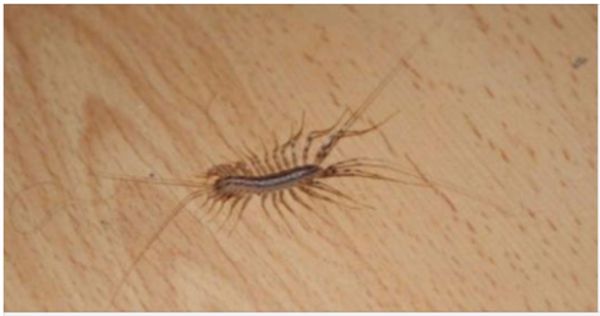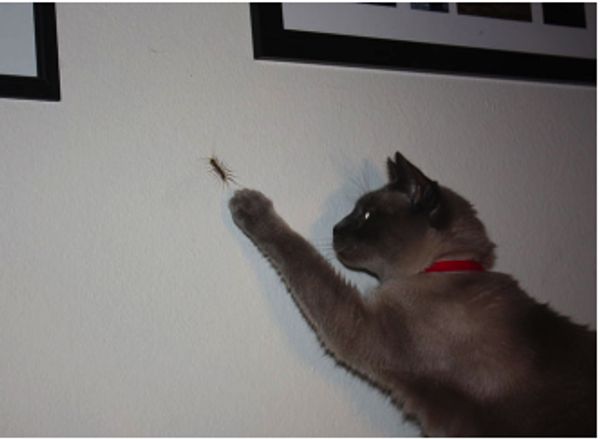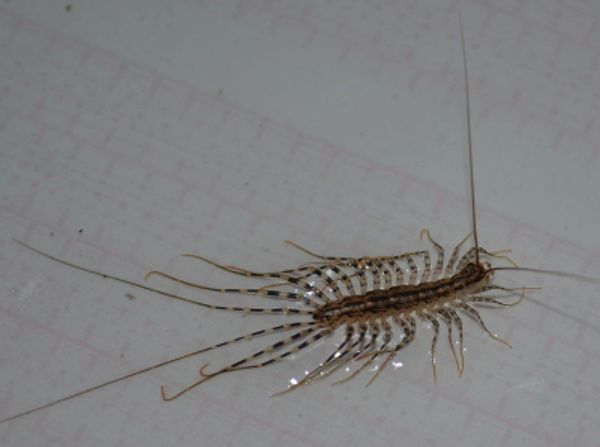
Are you one of those people who would immediately reach for a shoe or any other object to squash an insect you find in your house? It’s understandable considering the potential dangers some insects pose with their painful stings or even fatal bites. And the creepy-crawlies, especially the ones with many legs, can be especially unsettling. But after reading this, you might think twice before killing those horrifying-looking centipedes next time you come across them in your home.
What You Need to Know
When you see centipedes scurrying around your house, your first instinct might be to squish them. They can be quite startling! But once you learn how helpful they are, you might want to reconsider. It turns out that these squirming creatures have been serving as your home’s invisible pest control, keeping cockroaches, spiders, silverfish, bedbugs, and ants at bay. They have a ravenous appetite and devour almost every arthropod they come across.
The Good Guys
Centipedes are actually the good guys, but that doesn’t mean you should welcome them en masse into your home. Instead, show a gesture of gratitude by letting the one or two you may find off the hook the next time they visit. Instead of squashing them, simply let them go on their own or guide them outside to munch on some leaves. They may make a little noise, especially if young children or even adults find them repulsive and filthy. But it’s a small price to pay for the pest control they provide.
Other Insects to Watch Out For
While centipedes are mostly harmless, there are other insects you should be wary of. These insects can cause serious harm and even death if proper medical care is not sought. Here are a few of them:
-
Bullet Ants: Named for the intense pain their bites cause, bullet ants are one of the largest ant species and are frequently found in the jungles of Paraguay and Nicaragua. Avoid getting bitten by these creatures.
-
Botflies: The issue with botflies is not the flies themselves, but their larvae. These internal parasites burrow under the skin and cause infections and significant changes to the skin tissue. Some people even claim to feel the larvae crawling inside their skin.
-
Fleas: Flea bites can be itchy, irritating, and occasionally infect the skin. They are blood-feeders and can cause discomfort.
-
Fire Ants: These notorious stingers can repeatedly sting, causing painful white pustules that can last for weeks on the skin. Certain species release venom that can cause allergic reactions in some people.
-
Kissing Bugs: These bugs are known for transmitting the Trypanosoma cruzi parasite through their bites, which can result in up to 12,000 deaths each year.
-
Giant Japanese Hornets: These hornets are the largest in the world and pack a lethal sting. Approximately 40 people die annually from their stings.
-
Tsetse Flies: Sleeping sickness, caused by the bites of tsetse flies, is responsible for around 500,000 deaths per year in Africa.
-
Killer Bees: Killer bees are known for their aggressive behavior and tendency to attack in large numbers. This can be deadly due to the sheer number of stings.
-
Driver Ants: These ants attack with great force and can dispatch multiple animals in a single raid. They have a reputation for biting people.
-
Mosquitoes: Considered one of the deadliest insects in the world, mosquitoes are responsible for up to 1 million deaths annually due to diseases like encephalitis, West Nile virus, malaria, and yellow fever.
With these insects posing significant risks, it’s clear that house centipedes are the least of your worries. So next time you spot one, consider letting it continue its pest control duties instead of reaching for the shoe. After all, they’re doing you a favor!







